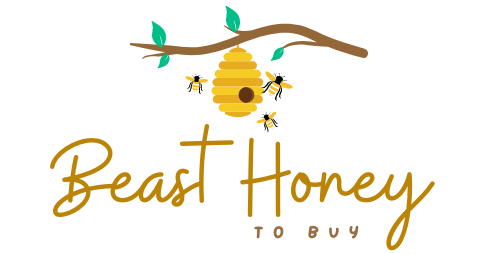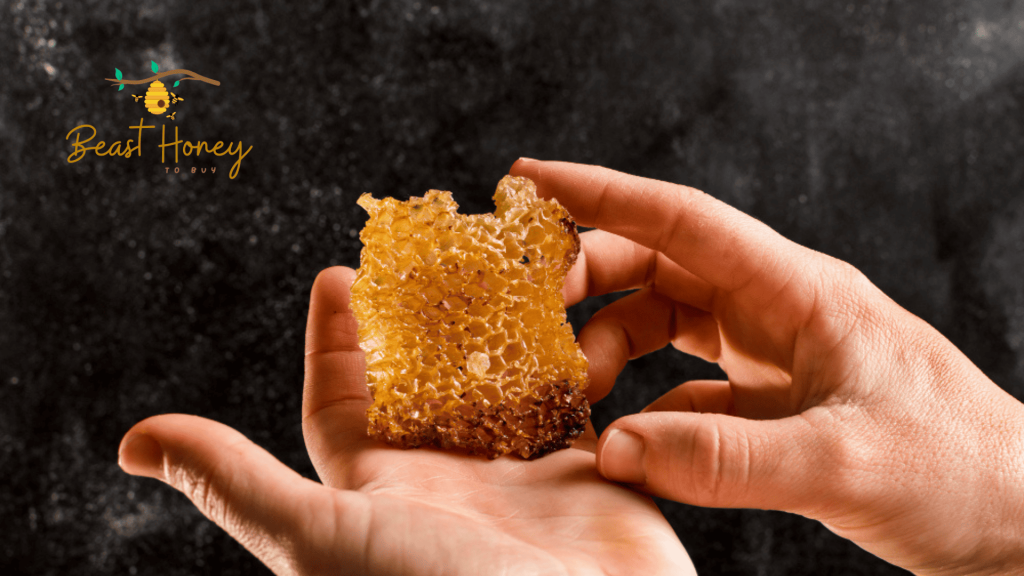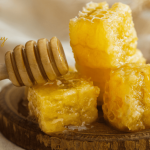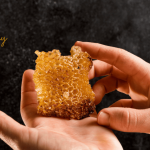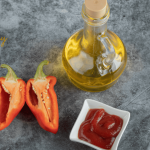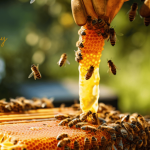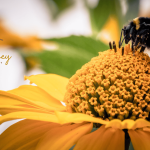Honey is a simple joy. It sweetens tea, drizzles over toast, and soothes sore throats. But some honeys are anything but ordinary. Rare honeys are treasures crafted by bees in unique places, from misty mountains to desert oases. You won’t find these on Amazon’s endless shelves.
They’re made in tiny batches, often by small-scale beekeepers using ancient methods. In this post, we’ll uncover 10 rare honeys, explore what makes them special, and share where you can buy them. Get ready to taste the world’s sweetest secrets!
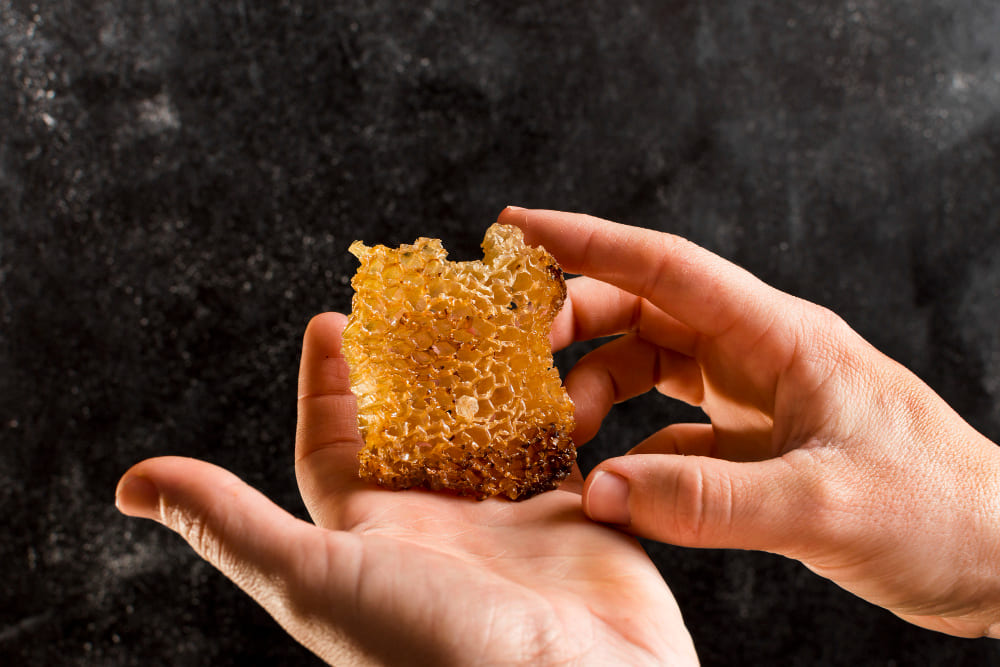
Why Chase Rare Honeys?
Rare honeys aren’t just food—they’re experiences. Each jar bursts with flavors you can’t find in supermarket brands. Some taste like wildflowers, others like caramel or even the ocean. They’re packed with nutrients, antioxidants, and sometimes healing properties.
Plus, they connect you to far-off places and traditions. For food lovers, health buffs, or anyone curious, rare honeys are worth the hunt.
What Makes a Honey Rare?
Not all honeys are created equal. Here’s why some stand out:
- Unique Flowers: Rare honeys come from specific plants, like desert acacias or alpine herbs.
- Remote Locations: They’re often made in isolated areas with pure ecosystems.
- Limited Harvests: Small blooming seasons or tricky collection methods mean tiny yields.
- Artisan Craft: Many are hand-harvested by beekeepers using traditional techniques.
- Natural Purity: No pesticides or additives—just raw, unfiltered goodness.
Let’s explore 10 rare honeys that’ll make your taste buds dance.
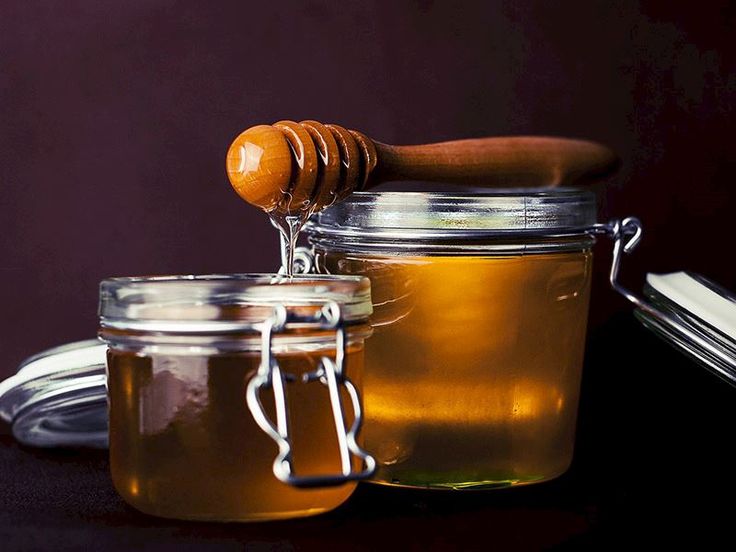
1. Tualang Honey (Malaysia)
Why It’s Special
Tualang Honey comes from Malaysia’s rainforests.
Giant honeybees build massive hives high in Tualang trees, sometimes 100 feet up. Local harvesters climb these trees at night, using torches to collect the honey. It’s dark, robust, and slightly smoky, with a molasses-like depth. Packed with antioxidants, it’s prized for boosting energy and fighting infections.
Its rarity comes from the dangerous harvest and limited rainforest areas. Only a few communities produce it, keeping supply low.
Where to Buy
Amazon doesn’t stock Tualang Honey. Look for it on specialty sites like WildHoneyHunters.com. Prices start at $60 for a 250g jar.
- Tip: Check for “wild-harvested” labels to ensure authenticity.
- Alternative: Contact Malaysian exporters via trade platforms.
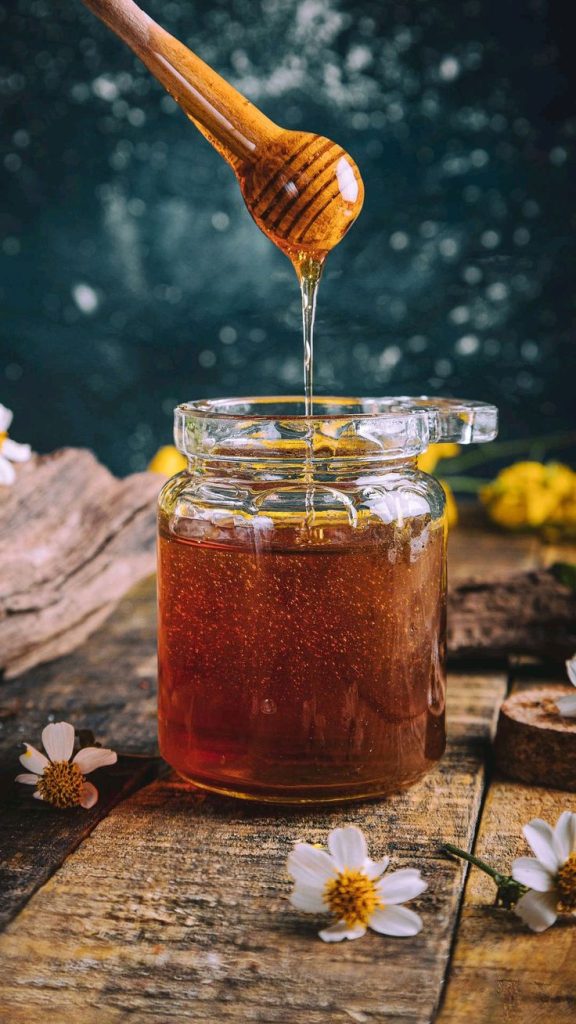
2. Ulmo Honey (Chile)
Why It’s Special
Ulmo Honey hails from Chile’s Patagonia region. Bees gather nectar from Ulmo trees, which bloom briefly in pristine forests. The honey is creamy, pale, and has a delicate eucalyptus-like flavor. It’s smooth and floral, perfect for spreading or stirring into tea. Studies show it has strong antibacterial properties, rivaling Manuka honey.
The short blooming season and remote location make it scarce. Only small apiaries produce it, often for local markets.
Where to Buy
You won’t find Ulmo Honey on Amazon. Try Chilean specialty stores or online retailers like PatagoniaHoney.com. Expect to pay $30-$50 for a 500g jar.
- Website: Check ChileanHoneyExport.com for suppliers.
- Tip: Buy in winter for fresher harvests from Chile’s summer.
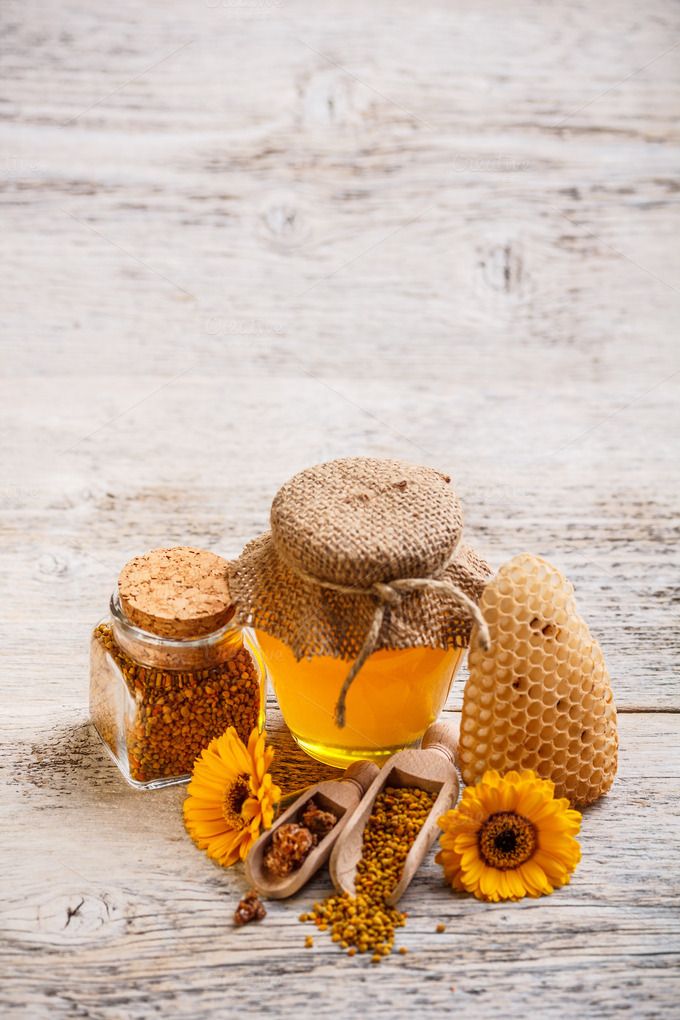
3. White Honey of Kyrgyzstan
Why It’s Special
Kyrgyzstan’s White Honey is a creamy, cloud-like treat. It’s made in the Tien Shan Mountains, where bees feed on wild herbs like sage and clover. The high altitude and cold climate give it a whipped texture and a mild, herbal taste. Locals call it “mountain cream” and use it for skin care and digestion.
Its rarity comes from the harsh terrain and small-scale production. Beekeepers trek for days to reach hives, harvesting only in summer.
Where to Buy
Amazon doesn’t carry this honey. Look for it on CentralAsiaHoney.com or at Kyrgyz food markets. Prices range from $40 to $80 per jar.
- Tip: Verify “Tien Shan” origin to avoid fakes.
- Alternative: Check Etsy for Kyrgyz artisans selling directly.
4. Anzer Honey (Turkey)
Why It’s Special
Anzer Honey comes from Turkey’s Anzer Plateau, a lush alpine meadow. Bees collect nectar from over 500 wildflowers, including rare medicinal plants. The honey is golden, thick, and has a spicy, floral kick. It’s used to treat colds, allergies, and even wounds. Turkish families treasure it as a natural remedy.
Only a few tons are produced yearly due to the short blooming season and high demand. It’s often reserved for locals or exported in small batches.
Where to Buy
Anzer Honey isn’t on Amazon. Buy it from Turkish retailers like AnzerBal.com. Prices can hit $150-$200 per kilogram.
- Warning: Fakes are common. Look for lab-tested certifications.
- Tip: Contact sellers directly for pre-orders.
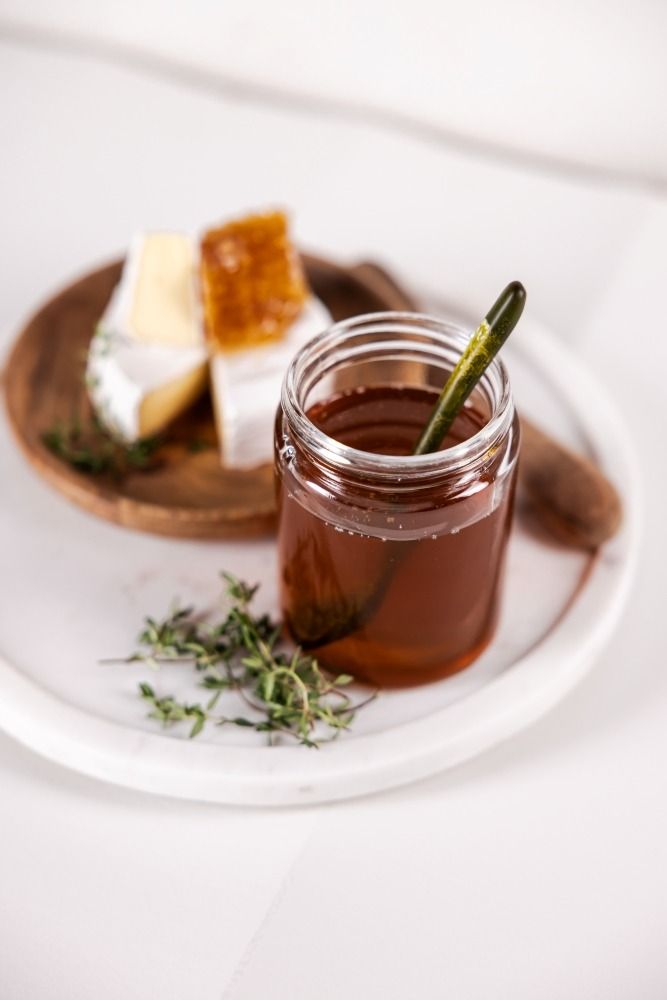
5. Okello Honey (South Sudan)
Why It’s Special
Okello Honey is a hidden gem from South Sudan’s Imatong Mountains. Bees forage on wild acacias and shea trees, creating a dark, tangy honey. Its flavor is bold, with caramel and citrus notes. Local communities use it for energy and to soothe coughs. The honey is harvested by hand, with hives built in tree hollows.
Conflict and remoteness make it rare. Only small cooperatives produce it, often for fair-trade markets.
Where to Buy
You won’t find Okello Honey on Amazon. Check fair-trade sites like AfricaHoneyCoop.com. Prices start at $35 for a 300g jar.
- Website: Search for South Sudanese honey on FairTradeAfrica.org.
- Tip: Support cooperatives to help local beekeepers.

6. Thyme Honey (Greece)
Why It’s Special
Greek Thyme Honey comes from the rocky hills of Crete and Ikaria. Bees feed on wild thyme, producing an amber honey with a savory, herbal taste. It’s thick and aromatic, perfect for pairing with yogurt or cheese. Known for its antiseptic properties, it’s a staple in Mediterranean medicine.
The honey’s rarity stems from limited thyme fields and small harvests. Many producers prioritize local sales, leaving little for export.
Where to Buy
Amazon doesn’t stock authentic Thyme Honey. Try Greek specialty shops or MediterraneanHoney.com. Prices range from $25 to $45 for a 400g jar.
- Tip: Look for “Crete” or “Ikaria” on labels for the best quality.
- Alternative: Visit Greek farmers’ markets if traveling.
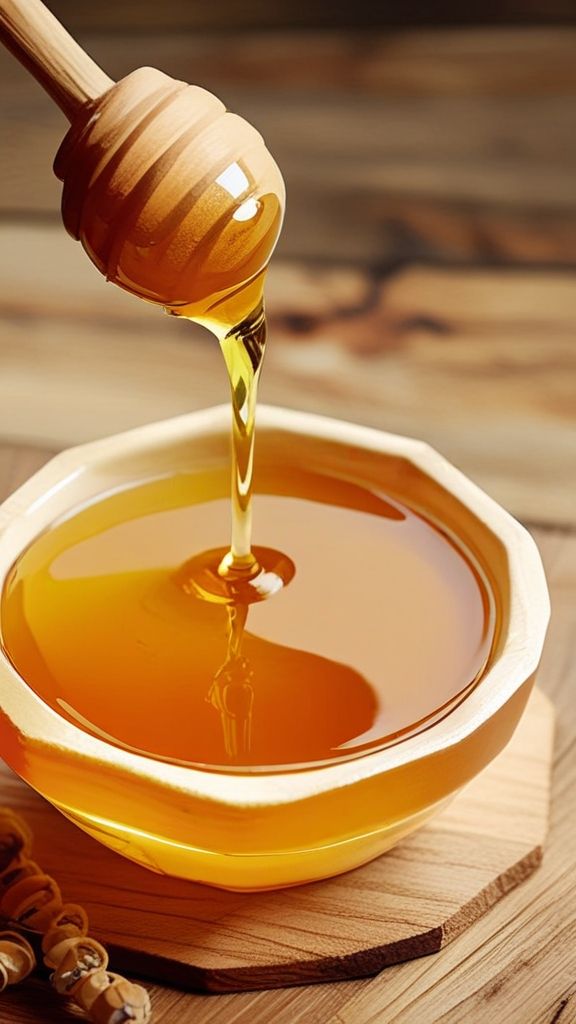
7. Leatherwood Honey (Tasmania)
Why It’s Special
Leatherwood Honey is a Tasmanian treasure. Bees collect nectar from leatherwood trees in ancient rainforests. The honey is golden, buttery, and has a spicy, floral flavor. It’s creamy and bold, ideal for baking or eating straight from the jar. Its antioxidants make it a health favorite.
The trees bloom for just six weeks, and logging threats limit production. Only a few beekeepers harvest it sustainably.
Where to Buy
Leatherwood Honey isn’t on Amazon. Buy it from TasmanianHoney.com. Prices start at $30 for a 350g jar.
- Website: Check PureTasmania.com for local sellers.
- Tip: Order in late summer for fresh stock.
8. Moka Honey (Mauritius)
Why It’s Special
Moka Honey comes from Mauritius’ Moka Range. Bees feed on tropical flowers like lychee and longan, creating a light, fruity honey. Its flavor is sweet with a citrusy zing, perfect for desserts or cocktails. Locals use it to ease allergies and boost immunity.
The island’s small size and limited beekeeping make it rare. Most production stays local, with little reaching global markets.
Where to Buy
You won’t find Moka Honey on Amazon. Look for it on IslandHoneyMauritius.com. Prices range from $20 to $40 per jar.
- Tip: Check for “Moka Range” origin to ensure quality.
- Alternative: Visit Mauritius’ markets for fresh jars.
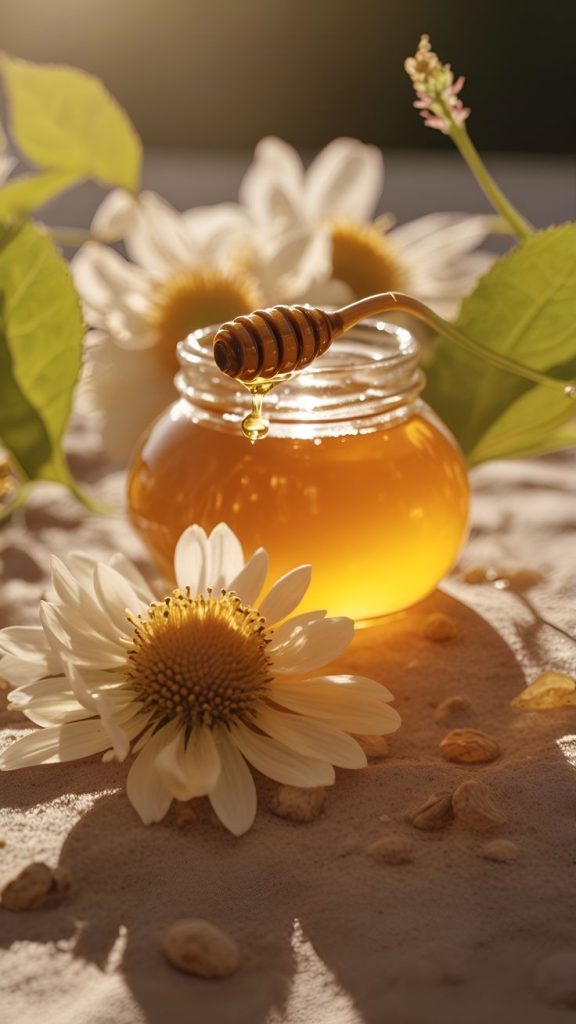
9. Black Sage Honey (California, USA)
Why It’s Special
Black Sage Honey comes from California’s coastal hills. Bees forage on black sage, a native plant with purple flowers. The honey is dark amber, smooth, and has a warm, herbal taste. It’s a favorite for drizzling over pancakes or mixing into marinades. Its antioxidants support heart health.
The sage blooms briefly, and wildfires threaten production. Small apiaries like Bennett’s Honey Farm produce limited batches.
Where to Buy
Amazon doesn’t carry Black Sage Honey. Buy it from BennettsHoney.com. Prices start at $25 for a 340g jar.
- Tip: Order in spring for peak freshness.
- Alternative: Check California farmers’ markets.
10. Rata Honey (New Zealand)
Why It’s Special
Rata Honey comes from New Zealand’s South Island. Bees feed on rata trees, which bloom vibrant red flowers every few years. The honey is creamy, pale, and has a mild, buttery flavor. It’s rich in minerals and used for skin care and digestion.
Its rarity comes from irregular blooms and remote forests. Only a few beekeepers access the trees, making it a collector’s item.
Where to Buy
Rata Honey isn’t on Amazon. Try NewZealandHoneyCo.com. Prices range from $40 to $70 per jar.
- Website: Check PureNZHoney.com for suppliers.
- Tip: Look for “South Island” labels for authenticity.
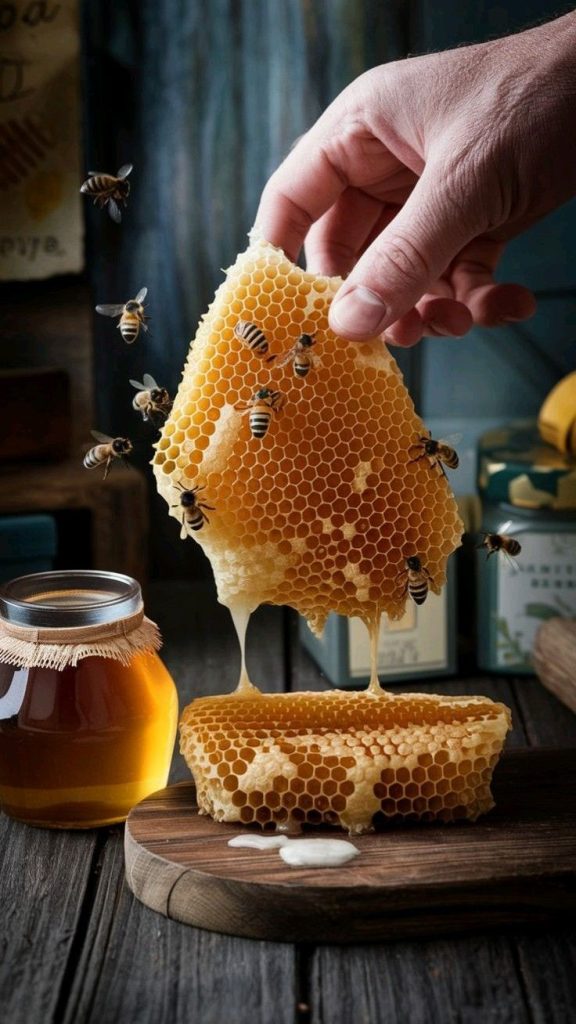
How to Buy Rare Honeys Safely
Rare honeys are special, but fakes are common. Here’s how to shop smart:
- Choose Trusted Sellers: Stick to beekeepers or specialty sites like WildHoneyHunters.com or AnzerBal.com.
- Check Certifications: Look for organic or lab-tested seals, especially for pricier honeys like Anzer.
- Read Reviews: Browse foodie forums on Reddit or blogs for honest feedback.
- Avoid Bargains: If a rare honey seems too cheap, it’s likely diluted or fake.
- Ask Questions: Contact sellers about harvest dates and origins for transparency.
Creative Ways to Enjoy Rare Honeys
Rare honeys shine in simple dishes. Try these ideas:
- Breakfast: Drizzle Ulmo Honey over granola for a floral kick.
- Drinks: Stir White Honey into chamomile tea for a creamy twist.
- Cooking: Glaze salmon with Black Sage Honey for a sweet-savory flavor.
- Desserts: Pair Rata Honey with vanilla ice cream for a gourmet treat.
- Health: Take a spoonful of Tualang Honey for an energy boost before workouts.
Storing Your Rare Honeys
Keep your honeys fresh with these tips:
- Cool and Dry: Store in a pantry away from heat or sunlight.
- No Fridge: Cold temps cause crystallization. Warm gently to fix.
- Clean Spoons: Use dry, wooden spoons to avoid contamination.
- Airtight Jars: Keep lids tight to preserve flavor.
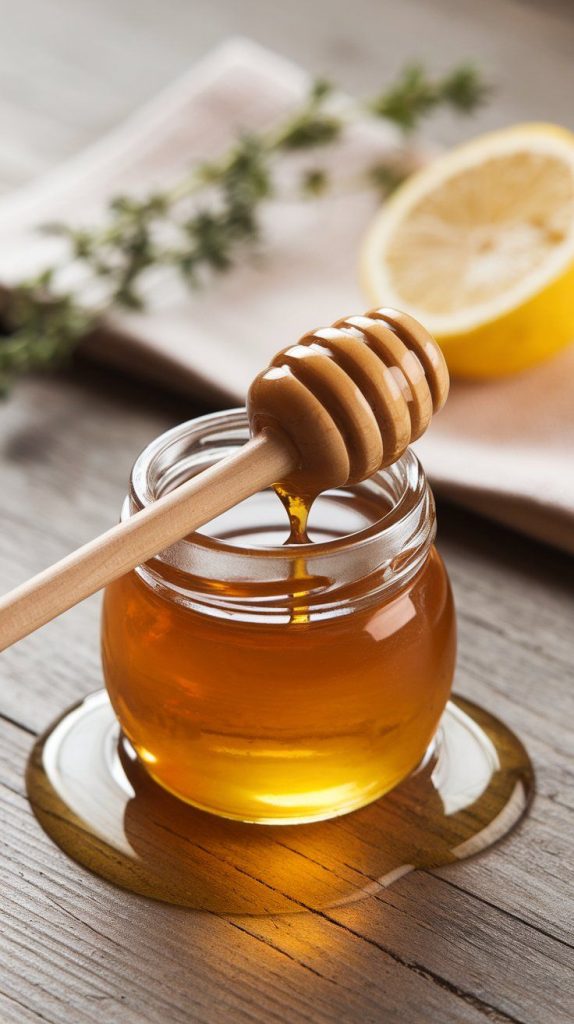
Why Rare Honeys Matter
Rare honeys are more than a treat—they’re a link to nature. Each jar supports beekeepers who work hard to protect bees and their habitats. By choosing rare honeys, you’re voting for sustainability and small businesses. Plus, you get to enjoy flavors that mass-produced brands can’t match.
FAQs About Rare Honeys
Are rare honeys healthier than regular honey?
Many are raw and unfiltered, so they keep more nutrients. Some, like Tualang or Anzer, have extra medicinal benefits.
Why aren’t rare honeys on Amazon?
Their small production and high demand make them unsuitable for big retailers. Beekeepers sell directly to keep quality high.
Can I travel with rare honeys?
Check customs rules, as some countries limit food imports. Small jars in checked luggage are usually fine.
Start Your Rare Honey Adventure
Rare honeys are a delicious way to explore the world. From Malaysia’s smoky Tualang to Crete’s savory Thyme Honey, each variety is a story in a jar. Skip Amazon and seek out trusted sources.
Whether you’re a honey newbie or a seasoned collector, these finds will sweeten your life. Grab a spoon and start tasting!
